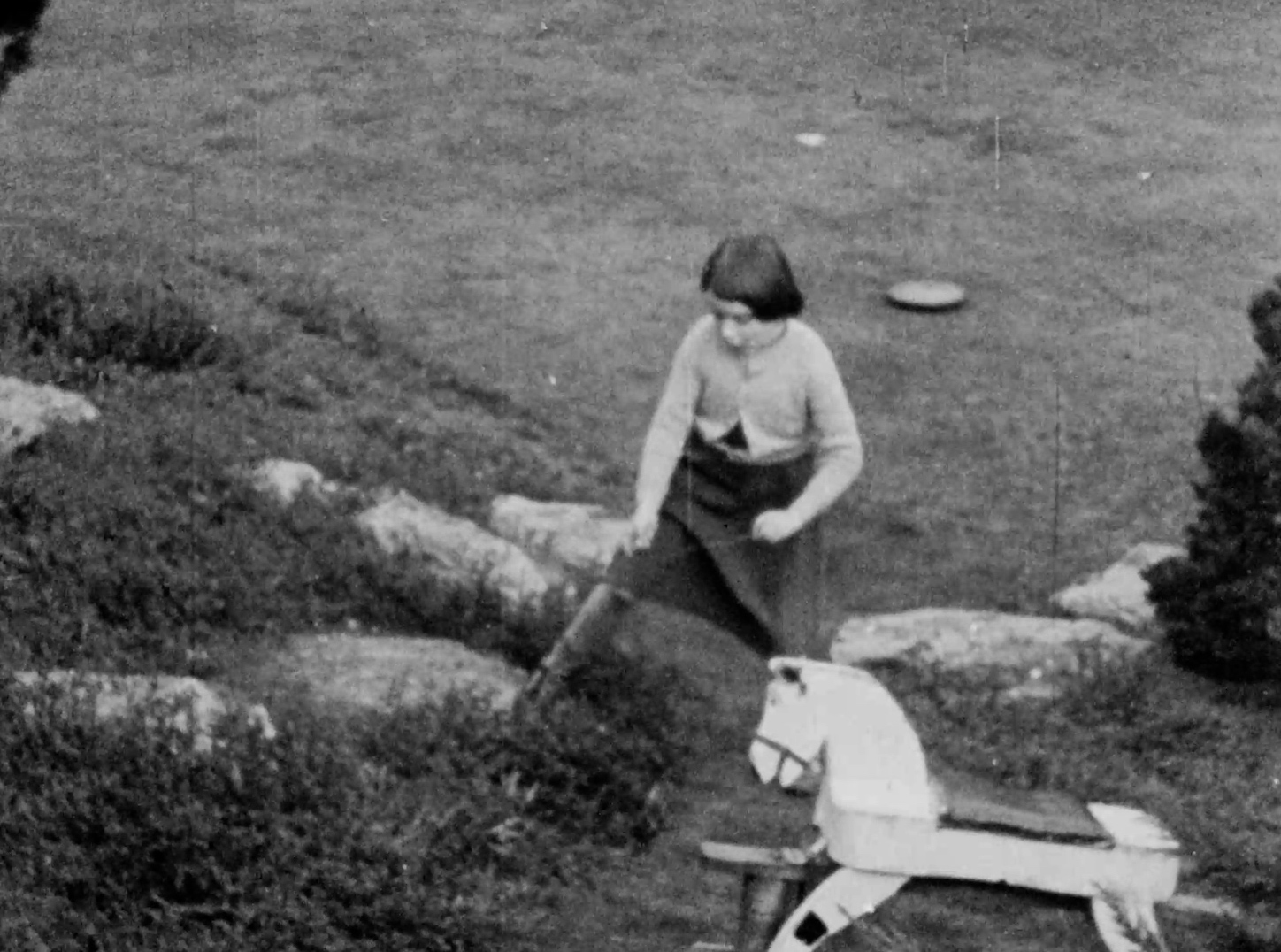Below, we publish a few questions addressed to director Janet Harbord about her competition film Autism Plays Itself.
Archivio Aperto explores the theme of memory and archives. How does your film intercept this theme? What elements of the film highlight this exploration of memory?
Film does two things. It documents and preserves what is before the camera, and it transmits that across time. In a sense, these two properties work against each other because documentation is a fixing of events whilst transmission is never secure: how a film is received and understood changes enormously over time. Autism Plays Itself engages with both properties of film. Its motivation in the first instance is to look back at a recording of events, the observation of autistic children in a clinic during the 1950s, and to detect what it is about their behaviour that is being documented. In the second instance, the film is about how those image sequences transmit across time, how they land in the now.
The Neurodiversity Movement has transformed the way in which autism is understood, comprehending autism as a way of being in the world with a heightened sensory appreciation of events, and a particular strength in apprehending the properties of the non-human world (the texture of sand as it falls, objects with surfaces that reflect). Working with three autistic participants, what is transmitted across time as they watch the children is not a series of blunders or evident ‘deficits’, but children responding to their environment in ways that are variously joyful, clever and inspired. Their commentary in turn colours how every audience understands the behaviour of the children. They create the conditions for the current transmission.
How do archive images influence the construction of the narrative? Can you tell us about a sequence in your film where archive images transformed or enriched the message you intended to communicate?
One of the things that film does so well, and as the philosopher Giorgio Agamben has noted, is capture the human body as it gestures, its movement toward meaning. The original archive film, Aspects of Childhood Psychosis (1957), is a depressing film when you watch it; the medical intertitles interpret the children’s behaviour as pathological. What I saw when I took the intertitles out was a group of gesturing children. The film had caught the liveliness of their movement, the rhythms of their actions, the forcefulness of bodies moving repetitiously, in spite of any clinical determination.
As I played the sequences over and over, I found that the gestures of the children would stay with me. I even began to mimic them. There’s one sequence about halfway through the film where there’s a girl sitting on the floor, gathering things into her lap. She picks up a fragment from the floor and tastes it. Her body jolts upwards as though the taste has animated her and smiles into the camera. She lifts her skirt with the various objects in it and carries them away. It’s a very short sequence. In working with the brilliant editor, Sasha Litvintseva, we found that their liveliness was amplified by repeating gestures over and over. This was the touchstone of the film: the children’s gestures that jumped out of their original context to speak in the now. One of the important things, for me, about working with archival images is not only the return to the past to give it further consideration (which is frequently talked about), but the operation of the past on the present. Autistic children from seventy years ago teach us the meaning of autistic gestures: a masterclass in how to pay attention to your immediate surroundings.
What found footage or experimental films have played an important role in your education?
There are three films that were important for the making of Autism Plays Itself. The first is Scrapbook (2015) by the Canadian filmmaker, Mike Hoolboom. It’s a film that returns to footage shot in a children’s unit in Ohio in 1967 by an artist named Jeffrey Paull, who was also Hoolboom’s tutor. The film reworks the footage with a voice-over from one of the autistic residents, Donna Washington, who appears in the archival materials. The vulnerability and openness of children’s faces is extraordinary, expressions we rarely see on film. The sound design was inspirational. I worked with Tom Fisher to develop similar tones and non-diegetic sound from the natural world to create the soundscape of Autism Plays Itself.
The second film is Samson Kambalu’s I Take My Place in History (2008), a 30 second film in which the artist creates an archive film to counter the absence of black subjects in film history. He uses the techniques of image grain, colour desaturation and adjustment of speed so that the film has the feel of early cinema. Kambalu stars as a black man investigating the vaults of an art gallery. Amidst the endless statues of white men cast in classical poses, Kambalu searches for and eventually squeezes himself into a space. The notion of inserting an absent presence into history was important for thinking about the absence of autistic presence in film history.
More broadly, Barbara Hammer’s Nitrate Kisses (1992) is important, a film that formally challenges how history is recorded. It encourages us to preserve scraps, letters, diaries and reports to enable the telling of the stories of marginal lives. Hammer’s project is to preserve the passion and eroticism of queer female lives, a subject also close to my heart.
